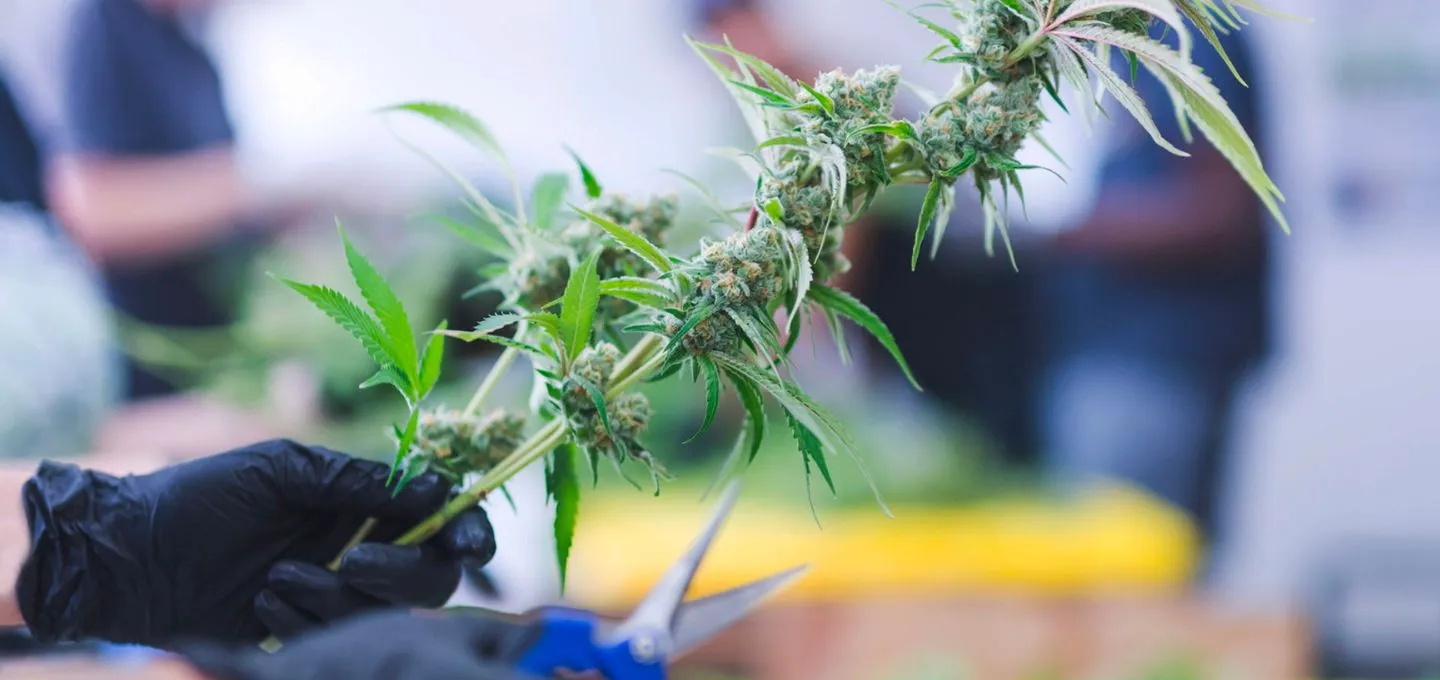Cannabis trim refers to the excess leaves and small stems that are cut away from the flower buds after plants are harvested and processed.
Trim is removed primarily for presentation and to enable proper curing of the buds.
What is Trim?
Trim originates from both male and female marijuana plants. Sugar leaves are the small leaves that grow amongst and surround the compact flower clusters.
These receive a heavy coating of trichomes but are ultimately cut away post-harvest. The stems connecting each calyx are also considered trim once severed.
Fan leaves are the classic marijuana leaf shape – with 7 or more finger-like sections. These larger leaves grow along the branches and receive less resin compared to sugar leaves.
Fan leaves are always removed during manicuring. Other stray leaves and stems also get trimmed off in preparation for curing.
The amount of trim generated depends on factors like plant size, leafiness, and harvest time. Indica strains usually produce more trim than sativas due to denser foliage.
Early harvests also increase trim versus later flower maturation. Highly resinous trim can be used to make extracts, while lower potency trim serves better for infusions, edibles, or topicals.
Proper drying and curing allow the trim to remain useful. Moldy, rotted, or otherwise contaminated trim has no value and gets discarded.
When stored in a cool, dark space, quality trim can stay fresh for up to a year before degrading.
The small buds and leaves removed during final manicuring are called “shake” and carry a higher value than the main harvest trim.

 Fact Checked by Doctor Name
Fact Checked by Doctor Name